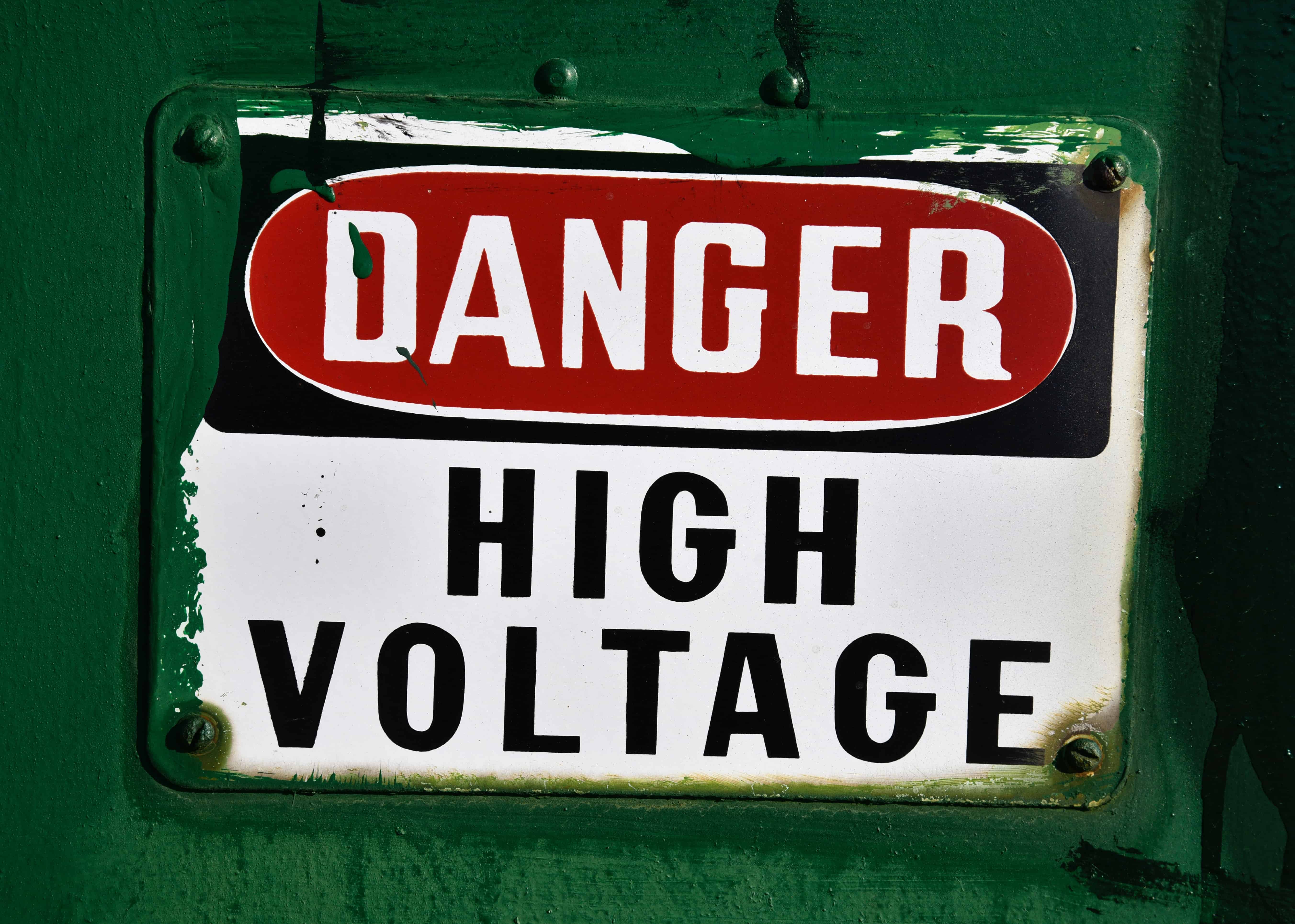Neuroleptic Malignant Syndrome (NMS) is a potentially life-threatening condition that is one of the rare side effects of antipsychotic medications. It is fatal in 10% of patients. Neuroleptic Malignant Syndrome symptoms need to be recognized early to cut down on this risk of death. NMS is an unpredictable and rare condition but because of the seriousness, people who take a medication classified as an antipsychotic need to know about it and realize if it is happening. Starting Neuroleptic Malignant Syndrome treatment right away will improve the course of the syndrome. What is Neuroleptic Malignant Syndrome? Follow along to find out.
Do you know someone who suffers from psychosis? Download this free PDF that details 21 ways to better support someone who has psychotic thoughts and keep the communication lines open.
Guidelines on How to Help Someone with Psychosis
Enter your info below to get your FREE PDF:
What is Neuroleptic Malignant Syndrome and when does it happen?
Antipsychotic medications are prescribed for many different disorders including Schizophrenia, Bipolar Disorder, and to augment the effects of antidepressant medication in Major Depressive Disorder. They are called antipsychotics because that was their original purpose but many people who are not psychotic take them. After they were on the market for some time their benefits in other conditions were discovered. These drugs function by blocking the brain chemical called dopamine. NMS is caused by this dopamine blockade.
The time between taking the medications and onset of NMS symptoms varies but it is most common in the first month of treatment. People typically develop NMS within hours or days of taking the antipsychotic medication.
Neuroleptic Malignant Syndrome can happen after one dose of antipsychotic medication or occur randomly after years of taking a medication without any issue. NMS is not dose-dependent and can occur at doses considered therapeutic.
Risk factors for Neuroleptic Malignant Syndrome:
The incidence of NMS is rare and happens to less than 3% of people who take an antipsychotic. Some factors can increase a person’s risk such as:
- Prior episode of NMS,
- Agitation,
- Dehydration,
- A rapid increase in medication dose,
- Use of the medication Lithium in combination with an antipsychotic,
- Males are higher risk than females,
- Younger people (less than 40 years old) are at greater risk than older,
- Catatonia: Per Merriam-Webster dictionary catatonia is described as: psychomotor disturbance that may involve muscle rigidity, stupor or mutism, purposeless movements, negativism, echolalia, and inappropriate or unusual posturing and is associated with various medical conditions (such as schizophrenia and mood disorders)
Neuromuscular Malignant Syndrome Symptoms:
Neuroleptic Malignant Syndrome is unpredictable and cannot be missed in order to reduce the risk of death. It must be considered for anybody on antipsychotic medication who has a fever and changes in their mental status (see below). It can be confusing because the presentation of someone with NMS can vary substantially.
There are 4 groups of symptoms that patients with Neuroleptic Malignant Syndrome can present with:
1. Mental Status Changes: confusion, agitation, mutism (unable to speak), catatonia (defined above)
2. Muscular rigidity: lead pipe rigidity (severely stiff muscles- the arm may be unable to bend) which can include tremor, dystonia (an abnormality of movement or muscle tone), or dyskinesia, slowed or sluggish reflexes, trouble swallowing.
3. High body temperatures
4. Autonomic Instability- blood pressure may be unstable, heart rate fast
To read more in-depth details about NMS check out this article.
Neuroleptic Malignant Syndrome treatment:
The first step in Neuroleptic Malignant Syndrome treatment is to discontinue the medication and start supportive treatment. The symptoms generally resolve within 9-14 days of starting treatment. A person with NMS may need to be managed in the intensive care unit of a hospital.
Possible interventions include:
- Cooling blankets to lower elevated body temperature,
- Intravenous fluids,
- Medications to lower blood pressure
- Control for agitation
- A medication that increases dopamine can be given to reverse the blockade
After having NMS, patients can be restarted on antipsychotic medication but it is recommended to have a 2 week period off of the medication to reduce the chance of recurrence.
It is not only caused by side-effects of antipsychotic medications: Other medications to watch for
This isn’t only the side effects of antipsychotic medications; there other medications that can cause NMS. Some medications that treat nausea and vomiting can cause it because they also block dopamine. These include:
- Domperidone (Motilium)
- Droperidol (Inapsine)
- Metoclopramide (Reglan)
- Prochlorperazine (Compazine)
- Promethazine (Phenergan)
Neuroleptic Malignant Syndrome: Recognize it!
When Neuroleptic Malignant Syndrome is recognized and treated early and aggressively the risk of death is decreased. Just by better awareness of the condition the rate of death has dropped from ~25% in previous years to the 10% that it is currently. Apparently, in the 1960s the rate of death from NMS was as high as 74%!
Make sure you (or your loved one who is on an antipsychotic) are aware of the symptoms. It is incredibly rare, and highly unlikely to be an issue, but this is a condition you don’t want to miss.
Check out these additional articles:
Suicide Prevention Plan: 5 Tips to Deal With Thoughts of Suicide
A Psychiatrist’s Take on Suicidal Thoughts and Suicide Prevention
3 Types of Paranoia: What does paranoia mean?
Keys to Coping with Bipolar Disorder
Bipolar 2 Disorder and Hypomania: What Everyone Should Know
Other potential psychiatric medication side effects:
Take psychiatric medications? Be aware of SIADH hyponatremia and SIADH symptoms
Akathesia: A Tortured Restlessness
9 Facts About the Sexual Side Effects of Antidepressants: They are common!






